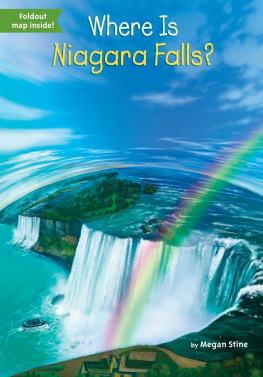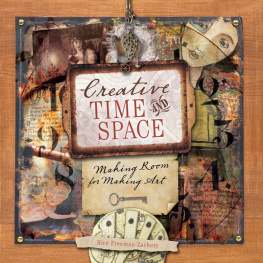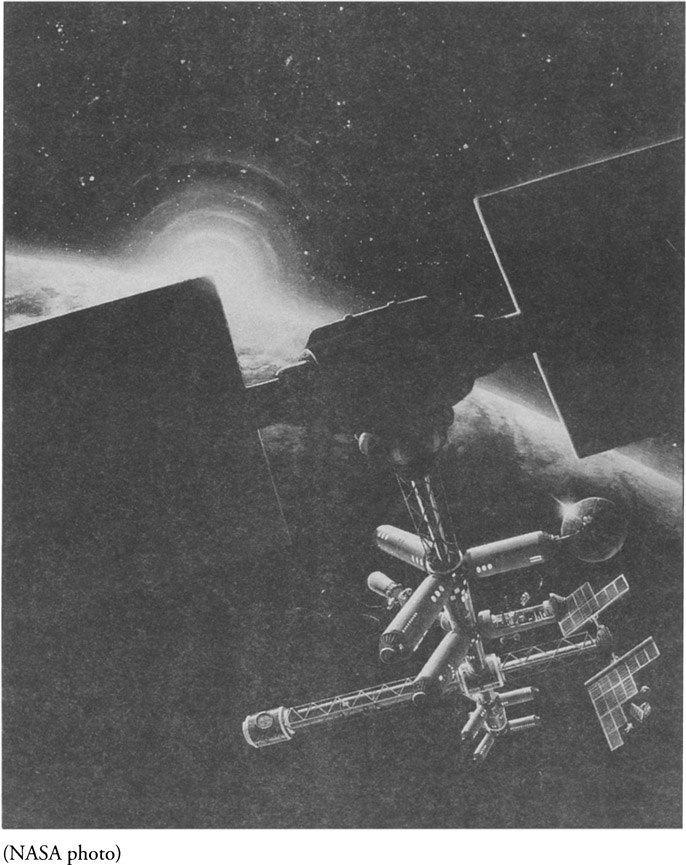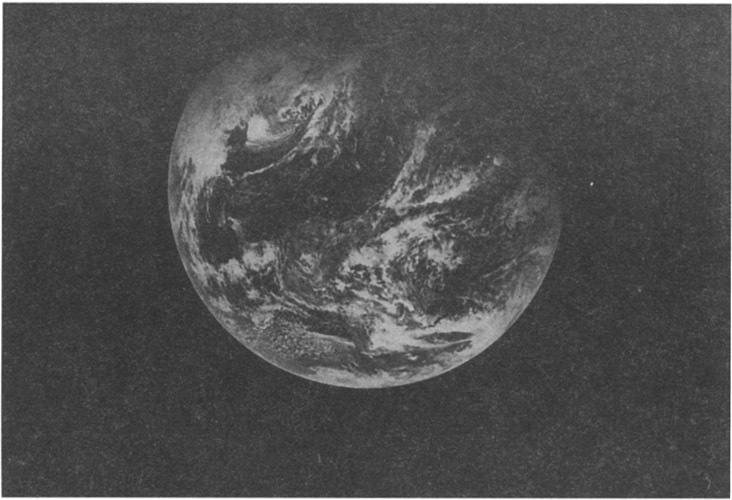LIVING IN SPACE
Copyright 1997 by G. Harry Stine
All rights reserved. No part of this book may be reproduced or transmitted in any form or by any means without the written permission of the publisher.
M Evans
An imprint of Rowman & Littlefield
4501 Forbes Boulevard, Suite 200
Lanham, Maryland 20706
www.rowman.com
Library of Congress Cataloging-in-Publication Data
Stine, G. Harry (George Harry), 1928-
Living in space / G. Harry Stine. lst ed.
p. cm.
Includes index.
ISBN 978-l-59077-257-7
1. Life support systems (Space environment) 2. Space colonization. I. Title.
TL1500.S75 1997
Distributed by
N ATIONAL B OOK N ETWORK
Design and composition by John Reinhardt Book Design
Manufactured in the United States of America
First Edition
To
Jennie and Laura
who may need this
FIG. 1-1. People can live and work in space, either in space facilities or using space suits. It can be done, it has been done, and it will continue to be done. The new frontier awaits more people. (NASA photo)

SPACE IS FOR PEOPLE
F ROM NOW UNTIL THE STARS GROW COLD, human beings will be living, working, playing, exploring, and traveling in space beyond the Earths atmosphere.
We are the first species with the ability to leave Planet Earth and expand the horizons of existence into the infinite realm of the universe. Humanity may have been working, learning, and building toward this accomplishment throughout human history. Not everything people do or have done is a step toward this goal, but the long-term trends point toward what Robert A. Heinlein has called the Great Diaspora.
This book will help people work, live, and play beyond the Earths atmosphere. It covers the reasons technology is needed to provide the living conditions taken for granted on Earthair pressure and composition, temperature control, acceleration, weightlessness (zero gravity), nutrition, sanitation, recreation, health, and medicine, to name a few. In a way, its a survival manual for outer space that also tells its readers what to do if an emergency results from a reduction or cessation of any of the basic living conditions.
Whether the reader is planning to spend a few days in space as a tourist, a longer time as a space worker, or even a lifetime as an emigrant to a space colony, this book can be a useful primer. It is also a reference book to be consulted from time to time while living in space itself. The book is nearly timeless because its about Homo sapiens Mark One Mod One Version 1.0, an organism that hasnt changed for about a million years or so.
The book will point out what we already know about living in space, the type and magnitude of the various hazards and risks involved, and what can be done to reduce these. People dont have to re-invent the wheel by making the same deadly mistakes as the pioneers who conquered the air and took the first steps into space.
People will face physical, psychological, and social problems because the environment of space is different from anything encountered on Earth. People cannot live in the space environment itself. They must take into space a small piece of the familiar and comfortable terrestrial environment as they have done when theyve journeyed deep beneath the Earths oceans and high into the Earths atmosphere.
Its fortunate that this legacy of experience from analogous situations on Earth is available to help solve the problems of space living. In most cases, known or anticipated technologies can be used. However, in these early years of space activities, all the problems arent solved and all the potential difficulties arent yet known or understood. This doesnt mean that people shouldnt go into space; it means that they must apply their hands and minds toward solving the problems they encounter. For the first few decades of space living, people who are pioneers will discover these.
Do not forget the warning of the late John W. Campbell, Jr., who advised, Pioneering involves discovering new and more horrible ways to die. Living in space involves risks, but humans have evolved on Planet Earth by taking risks, sometimes dying but usually winning by learning and adapting.
This book also will help prospective space travelers explain their plans or activities to other people who dont understand why they want to live and work in space instead of staying on Earth where a lot of good jobs are waiting for qualified people. It will help convince those cautious homebodies that outer space is something more than a place to squander all that money that could be used to help people on Earth.
Not everyone wants to go into space or even to see other people do it. Many people are afraid of space because its the unknown. Theyre more comfortable working with things as they are. Dont forget that everyone didnt leave Europe, Africa, or Asia to come to the Americas; some stayed where they were and even tried to stop others from leaving. Even today, most people on Earth never travel more than twenty-five miles from the place where they were born.
No matter when and where pioneers, settlers, or colonists set out from their homelands, they had to overcome the opposition of those who remained at home.
The human race has always been and is still made up of a large percentage of staid people who till the fields and mind the store. However, there is and always has been a small cadre of dissatisfied, curious, footloose pioneers who arent content with things as they are and believe they can make a better life for themselves. So they set off toward new frontiers, both physical and mental. The lives of those who stayed at home have been altered beyond imagination by the development of new frontiers. It will be no different in the years and centuries to come.
FIG. 1-2: Planet Earth has been the cradle of the human race, but people always leave the cradle to do things in the great universe beyond the nursery. (NASA photo)
The restless people are different. Although they may be afraid, they are willing to face the new and the unknown. They do this for any number of personal reasons. They are willing to bet their lives on their ability to make the future better than the past.
For decades to come, the people who live and work in space will be no different from their predecessors who left ancient homelands to venture into the wilderness. Initially, their numbers will be small. But what they see, learn, and do in spaceeven as space touristswill have a profound effect upon the lives of everyone else. They will have to exercise every bit of intelligence, know-how, and mental agility they possess. Every branch of human knowledge is involved.
Some people dont know why they want to do it, but most of them have a personal philosophy about it that amounts to a way of thinking about themselves and the rest of the universe. A person who does know why stands a better chance of succeeding or surviving.


















